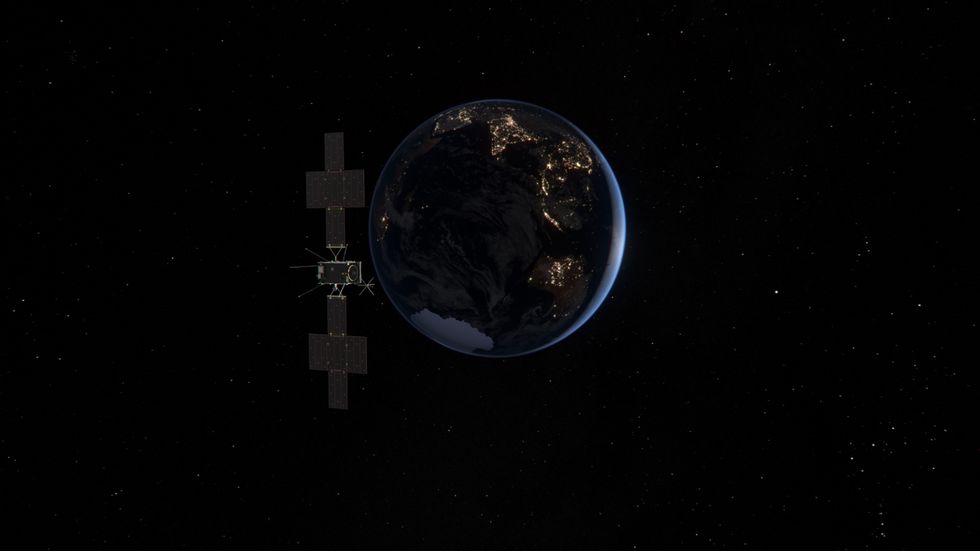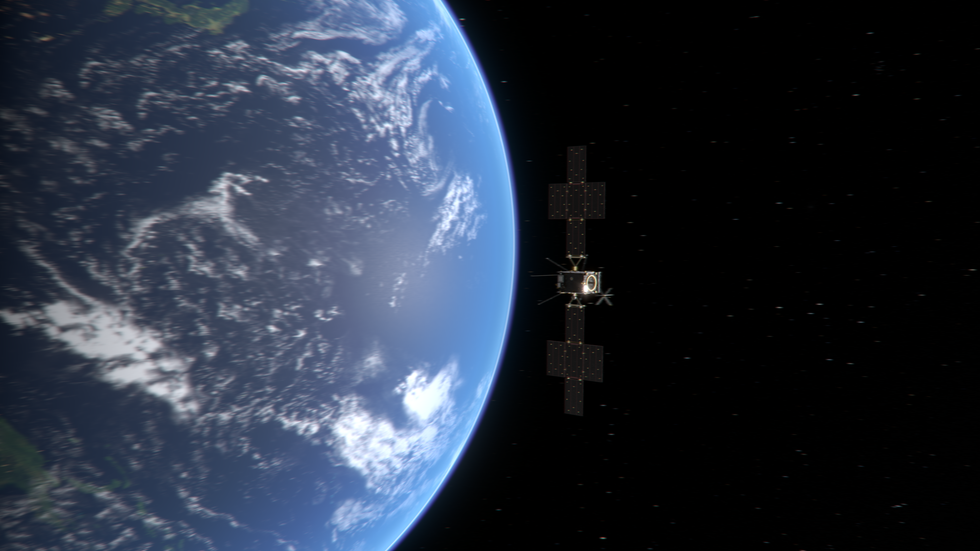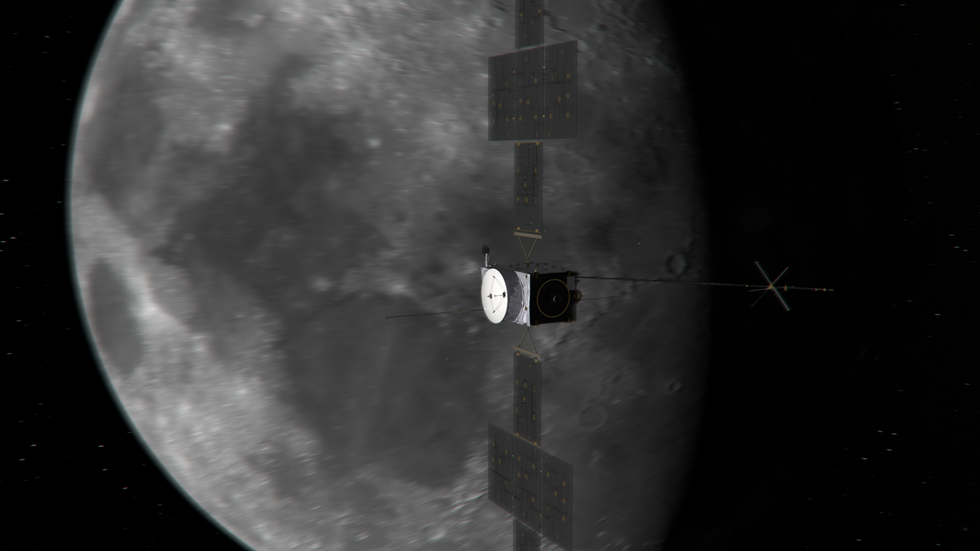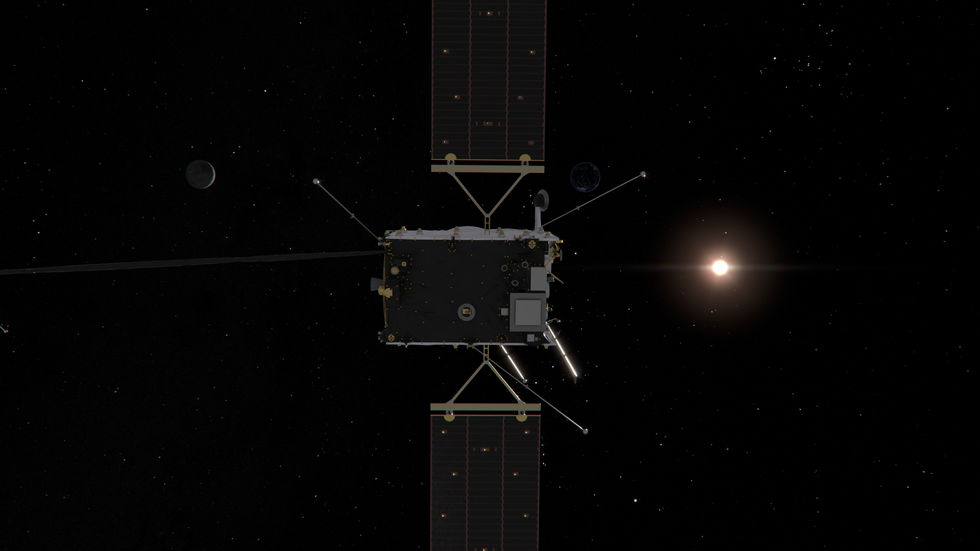
A Jupiter-bound European spacecraft made history as it briefly returned to Earth in a “flawless” fly-by.
The Jupiter Icy Moons Explorer (Juice) performed a risky manoeuvre known as gravity assist, coming just 4,250 miles (6,840km) above the planet’s surface on Tuesday at 10.56pm UK time.
The tricky move – the first ever fly-by of its kind – saw the spacecraft use the moon and the Earth’s gravity as a natural brake to slow itself down and send it towards Venus.
This technique allows Juice to take a shortcut to Jupiter through the inner solar system and save precious fuel, according to the European Space Agency (ESA).
Ignacio Tanco, ESA’s spacecraft operations manager for the mission, said: “The gravity assist fly-by was flawless, everything went without a hitch, and we were thrilled to see Juice coming back so close to Earth.”

The spacecraft first flew past the moon at 10.15pm UK time, increasing its speed by 0.9km/s relative to the sun to pivot towards Earth.
The Earth fly-by then slowed down Juice by 4.8 km/s relative to the sun as it zoomed above South-east Asia and the Pacific Ocean, sending it towards Venus where it will perform another gravity assist next year.
These manoeuvres are expected to save the mission 100–150kg of fuel, the ESA said.
Mr Tanco said: “Thanks to very precise navigation by ESA’s Flight Dynamics team, we managed to use only a tiny fraction of the propellant reserved for this fly-by.

“This will add to the margins we keep for a rainy day, or to extend the science mission once we get to Jupiter.”
A scientific camera called Janus snapped images during the fly-bys of Earth and the moon.
Claire Vallat, ESA’s Juice operations scientist, said: “The timing and location of this double fly-by allows us to thoroughly study the behaviour of Juice’s instruments.
“It happens early enough in Juice’s journey that we can use the data to prepare the instruments for arrival at Jupiter.
“And given how well we know the physical properties of Earth, the moon, and the surrounding space environment, it’s also the ideal location to understand how the instruments respond to a real target.”

The mission launched in April 2023 on a 4.1 billion-mile journey to Jupiter which will take more than eight years.
Onboard are 10 scientific instruments, including from the UK, which will investigate whether the gas giant’s three moons – Callisto, Europa and Ganymede – can support life in their oceans.
The Venus fly-by is expected to take place in August 2025, which will send Juice back out towards Earth.
The spacecraft will fly past its home planet again in September 2026 and January 2029, gaining two more boosts before arrival at Jupiter in July 2031, the ESA said.













